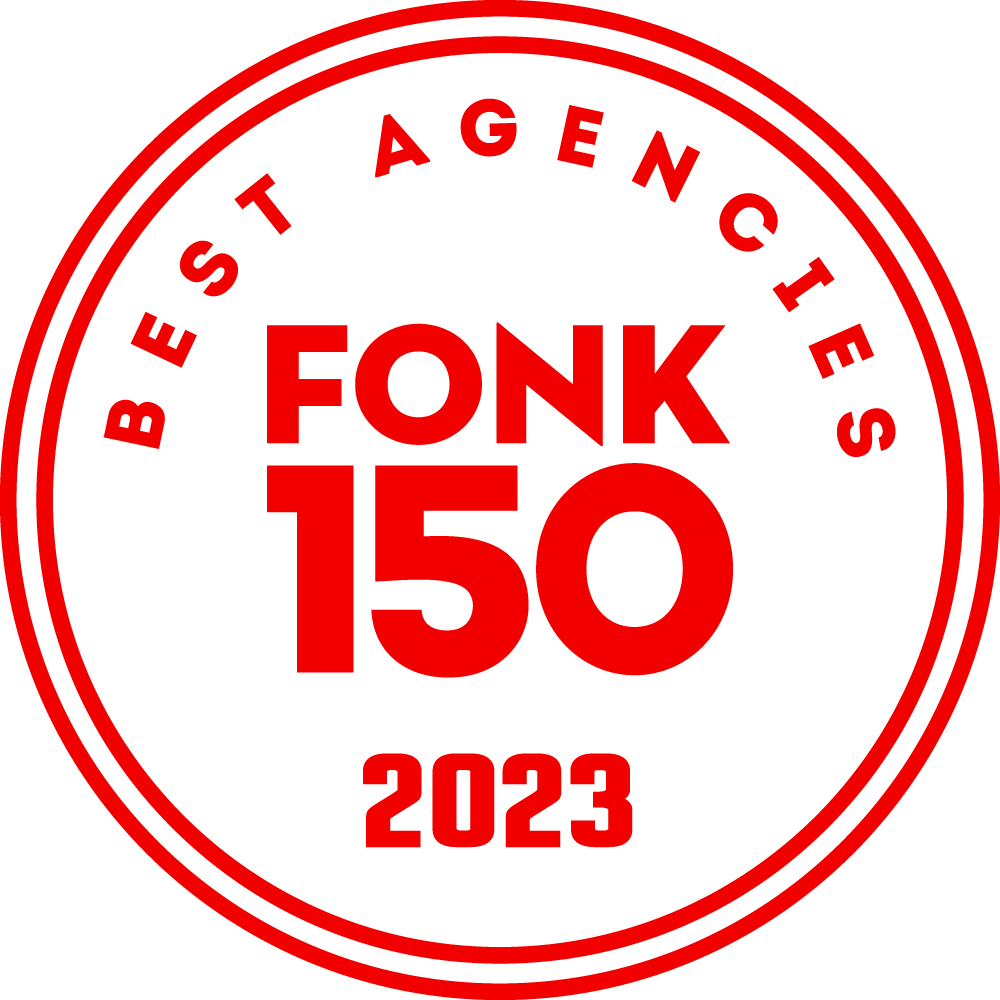The hidden costs of the Saas era
We are living in the Saas era. The use of cloud software at work has grown exponentially in recent years. Every day, employees use multiple saas tools to digitise and facilitate work. Many organisations now cannot operate without dedicated tools. Yet there are also hidden costs and risks associated with our current digital work environment.


Enter the conversation with Laurent!
Unnecessary Saas costs
With the pandemic and the rise of hybrid working, demand for digital tools has gone through the roof. In the past seven years, the Saas industry has grown 500% and globally, more than a trillion dollars will be spent on cloud tools by 2022.(FinanceOnline) Saas tools are no longer nice-to-haves to try out new technologies. It has become a core part of our work. No surprise, then, that with the new digital hybrid working, there is more and more investment in tools for better collaboration, communication and process optimisation.
With the growing number of software solutions within the organisation, yet more and more companies are starting to lose control of the digital ecosystem. The unwieldy monolithic software suite has given way to a gigantic collection of services and integrations. Statistics show that the cost of software services, has grown to become the largest expense item, second only to salary costs. Unlike salary, there is often no centralised system to manage these costs. And this digital chaos often leads to unnecessary waste. On average, 30% of these costs are unnecessary. (Cledara) This is due to automatically ongoing subscriptions of unused tools and hidden costs that crop up later such as paid tokens, in-app purchases or links. These unforeseen costs, waste and lack of oversight make the current Saas landscape a risky expense. Organisations benefit from a centralised solution to gain more control over software costs.
Toggle Tax
The complex field of digital assets also has another hidden cost. Namely the 'toggle tax', or time lost switching between apps. It may seem that this cannot have that much impact, but unnoticed, this is an increasing source of wasted human capital. When a user switches from one app to another, it technically takes one or two clicks. But there is more behind it. It also takes some time to adapt. For example, switching from e-mail to a spreadsheet puts the employee in a completely different context in terms of interfaces, layout and purposes. That it takes some seconds for them to regain focus. So it takes some time for someone on a new platform to start your expected task.
This is about seconds per switch, but on average a worker switches between apps and tabs about 1,200 times. Researchers have measured that an employee loses about 9% of productive work time because of this. That's 32 days in a year! This is just an average, situations have been observed where the amount of actions and applications make employees switch up to 3,600 times in a day. (Harvard Business Review)
Context switching, or jumping between tasks, is a proven taxing process from a psychological and neurological point of view. Simply switching back and forth between two applications is so taxing on the brain that cortisol levels rise and productivity and concentration decline. The greater the amount of applications and apps the greater the likelihood of mental and emotional complaints.
Digital Fatigue
Recent research indicates that there has been a major shift in the experience of enterprise software. During the pandemic in 2021, 60% of surveyed employees indicated that software at work was conducive and 30% indicated that software has a tiring effect on them. Largely, this outcome can be attributed to the need for software due to the disruptive nature of the pandemic. Indeed, now that the restrictions on Covid have been lifted, it appears that the favorability of software has halved and digital fatigue has doubled! (Infosys) In short, the current digital way of working and the amount of software we have implemented are slowly exhausting us.
Added to this is the fact that our lives outside work are also becoming increasingly digital. A Deloitte survey shows that 32% of consumers feel overwhelmed by the amount of technology and this increases as the number of devices or digital subscriptions increases. This proportion is higher among adults working away from home. This fact is less innocent than it seems and certainly not to be underestimated when it comes to employee well-being. (Deloitte)
Digital Fatigue is a latent problem with major consequences. It is well known that employees can suffer from vision problems due to looking at a screen, suffer from body aches due to sitting a lot, and experience increasing fatigue complaints and concentration problems. An overwhelming digital work landscape with a lot of friction greatly increases the chances of employees dropping out due to physical and/or mental complications caused by digital fatigue.

The future
Saas software has been particularly advantageous because it allows us to quickly adapt our way of working in unpredictable situations like the pandemic. Yet the result is not a sustainable situation. The digital landscape becomes cluttered, resulting in unnecessary costs. Besides, such a complex digital working environment is not conducive to employee productivity and well-being. Yet going back to the old unwieldy monolithic systems is not an option either. How can we come up with a sustainable solution
In the short term, it is important to start looking at our digital working environment in a new way. Software needs to be integrated in a way that is intuitive and natural for employees to use. In doing so, it is important to look at how applications can work together, preferably in a single interface. The solution lies in creating a streamlined working environment with a single interface and a single ecosystem. This is an approach that focuses on linking different pieces of software into an integrated system that has the same look and feel, regardless of the source. In such an environment, employees and customers can access their information without having to switch between different applications or tabs.
In the longer term, we need to move towards what is known as 'composable applications'. This involves breaking down complex applications into smaller components, modules or services that can be combined. That way, together they form an integrated application landscape that does not require you to switch. Separate external Saas tools give way to proprietary software modules that represent a business or customer purpose. This way, companies have everything in-house and it is possible to switch quickly in a changing industry by themselves.
The future of software lies in creating a more unified and seamless experience with sophisticated composite applications, rather than relying on multiple isolated systems. That way, we can minimise digital fatigue, increase efficiency and ensure employee well-being. This way, we can continue to make progress in a sustainable way in the constantly evolving market.

